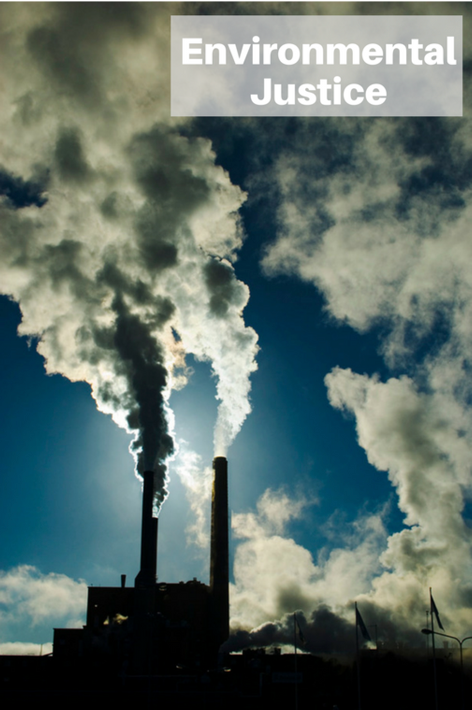
Take a moment to think about your environment, where you grew up, and where you currently live? Did you have a yard? Did you walk around and see trees along your street? Was the Flint Water Crisis the first time that you considered that some places in this country have unsafe drinking water?
The environment is central to all human activity, and the treatment of the environment is inherently linked to the treatment of the people who live there. The EPA has defined environmental justice as “the fair treatment and meaningful involvement of all people regardless of race, color, national origin, or income, with respect to the development, implementation, and enforcement of environmental laws, regulations, and policies.” Historically, protection of environmental quality, like other resources such as money and time, has been unequally enforced across the country. Communities with more social capital and societal influences, therefore, have greater access to a healthy, safe, and livable environment with access to safe drinking water, clean air, and healthy, affordable food.
The water crisis in Flint, Michigan found tremendous health impacts from entirely preventable leaching of lead in the predominately Black community’s drinking water. This is a classic example of environmental racism and brought the issue of environmental justice to the national spotlight. In the city, low-income areas and neighborhoods have disproportionally high levels of lead in their water. Globally, we see environmental injustices when discussing the future effects of climate change. According to The World Bank, the countries that will see the greatest negative impacts from our warming climate are disproportionately low-income nations.
Environmental injustices typically stem from lacking access to political capital and voice in government and industry decision-making. Wealthier communities have more disposable income and time to spend to have their voices and concerns heard. While historically the environment reinforces existing inequalities across communities, increasing awareness and advocacy for the environment through the lens of justice and health can achieve more equitable outcomes.
When advocating for the environment or any social justice issue, we all must recognize how our backgrounds or privileges have shaped us. White activists must recognize white privilege (https://www.pachamama.org/news/race-and-class-privilege-in-the-environmental-movement), and how historically white privilege has come at the cost of quality of life for communities of color and low-income globally. We can use their privileged position in society to advocate for historically disadvantaged communities and uplift their voices to be heard and protected.
Want to learn more about environmental justice and the inequalities between the global north and south? Read the Yale Environment 360’s article on how increased per capita consumption is a greater global threat than increased population.

Leave a Reply